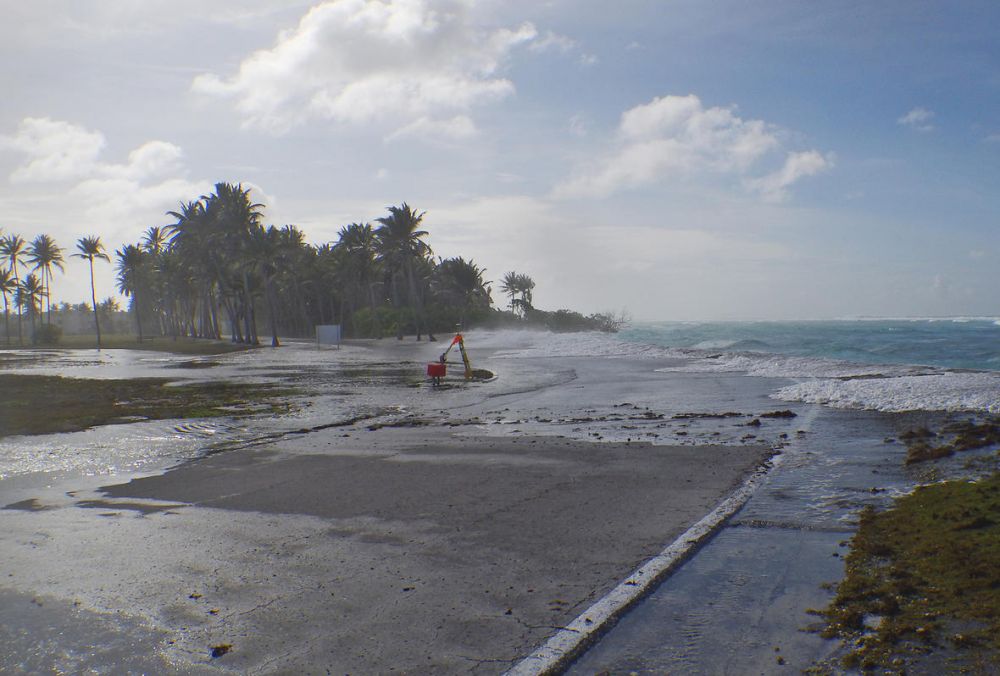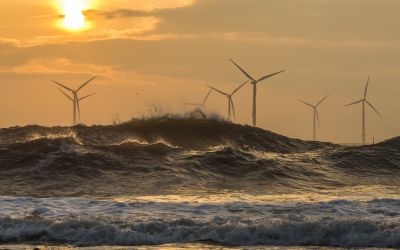Low-lying islands could become “uninhabitable” within decades
A new study has found many of the world’s low-lying islands are under direct threat from sea-level rises and repeated flooding.

A new study has found many of the world’s low-lying islands are under direct threat from sea-level rises and repeated flooding.
The researchers, led by the US Geological Survey (USGS), used the Marshall Islands as a basis for understanding the future impacts of climate change on similar places around the world.
The islands are a collection of 29 atolls and 1,100 low-lying islands located over 2,000 miles from Hawaii.
For their work the scientists collected field data between 2013 and 2015 to verify their projections on sea-level rises. They assumed the current rate of global greenhouse gas emissions will remain unabated leading to more extreme weather events and flooding to become a regular occurrence.
Most studies predict the thousands of coral atolls won’t start feeling the impacts of sea-level rises until the end of the 21st century. This new research differs in that it focussed on the effects on infrastructure and the availability of freshwater. They found that before sea-levels reach such dangerous levels, repeated wave-driven flooding could seriously damage water resources.
Stephen Gingerich, the co-author of the new report, explains that these events, called overwash, “generally result in salty ocean water seeping into the ground and contaminating the freshwater aquifer. Rainfall later in the year is not enough to flush out the saltwater and refresh the island’s water supply before the next year’s storms arrive repeating the overwash events.”
If storms and flooding continue to increase then most atoll islands will become uninhabitable within decades due to the frequent damage they will cause.
“The tipping point when potable groundwater on the majority of atoll islands will be unavailable is projected to be reached no later than the middle of the 21st century,” said Curt Storlazzi, USGS geologist and lead author of the new report.
Their results are also thought to be conservative as the Marshall Islands are higher than other atolls at threat in the Pacific and Indian oceans.
Photo Credit: Peter Swarzenski/US Geological Survey






